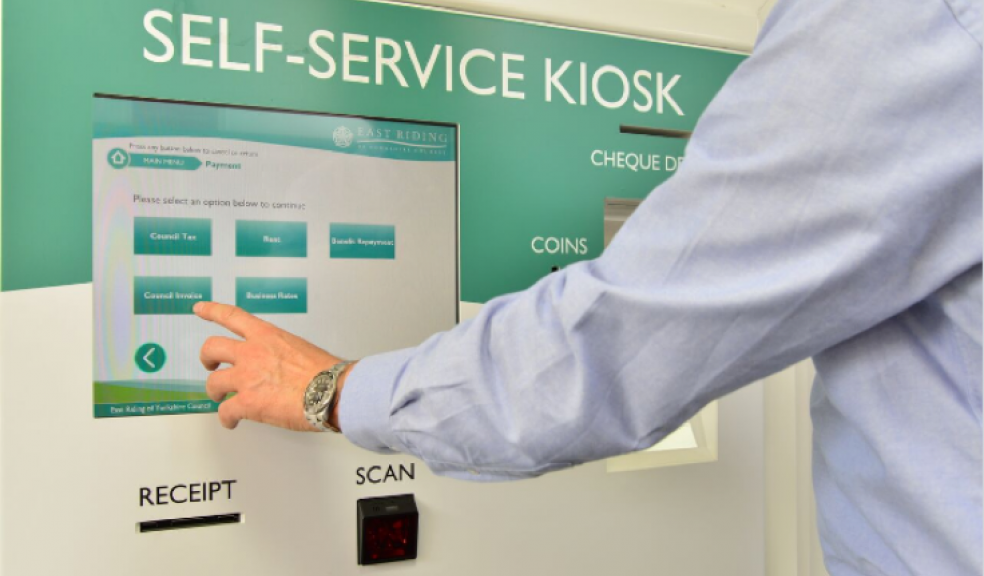
Top tips for businesses considering self-service kiosks
More and more businesses in the Southwest are exploring the benefits of self-service technology with the number of kiosks deployed across our towns and cities increasing significantly over the last few years.
The benefits to customers are obvious: they’re quick, easy (sometimes), and mean you can avoid a conversation first thing in the morning on your daily commute.
For businesses, they reduce transaction costs and help free up staff- win-win all round?
However, if you’re a company wanting to move towards kiosk solutions to replace more traditional methods (such as taking payments) what mistakes should you look to avoid?
From designing your machine to maintenance and cost, we’ve gauged the opinion of leading UK kiosk manufacturer Cammax Limited to shed some light on some of the most important things to keep in mind:
Practicality
Naturally, the most important aspect of a kiosk is for it to be as practical as possible for customers so it’s important to establish what will work and what won’t at the design stage.
A kiosk is supposed to be a far more easier and convenient alternative to traditional methods and instructions must be laid out clearly for customers to encourage repeat usage.
This will keep queues lower, ensure a smoother flow of users, and of course, keep the customers happy.
From a business point of view, keeping a kiosk practical will make it easier to be serviced, updated and this could save you money in the long run.
Intuitive
Kiosks should be durable but intuitive and offer no problems when it comes to touch, typing, and navigating. Roll balls to navigate can often be incredibly frustrating for customers so it’s important to consider all options carefully, particularly when it comes to adding peripherals like printers.
Touchscreen are of course incorporated into the majority of kiosk designs but again it’s important to determine the right size and angle for your display, which can be dictated somewhat by the location from which you choose to deploy your machine.
Easy to maintain
Again, from a customer’s perspective there’s nothing more frustrating than seeing kiosks out of order. Whether that be a parking payment machine or a self-service checkout, all kiosks should be easy to maintain and any problems should be swiftly addressed.
The key to ensuring maximum usage is to keep all major parts easily serviceable, including touchscreens, the power supply, printers, communication mechanisms and cooling fans.
It’s also important to check warranty and servicing details with your manufacturer. Reputable kiosk providers normally offer regular servicing and maintenance packages, including remote management options to help you overcome software issues.
Customisable
A good kiosk has the ability to meet all of your company’s expectations and custom- built models are proven to offer more benefits. From a marketing perspective it’s important to apply your own branding and there are plenty of other ways you can make your machine stand out via the tailor-made approach.
Appropriate, and sometimes custom-built kiosk software, is also essential to help your company do everything from tracking payments to delivering multi-lingual instructions.
Cost
Whilst practicality is one of the most important factors for customers, cost can sometimes be the most important issue for businesses who want to operate them.
Regular servicing and maintenance are key to keeping costs down over time but the overall price will somewhat depend on the type of model you choose and any features you wish to include.
It’s also worth noting that the savings made by deploying kiosks can be more than enough to justify the initial outlay but as ever it’s important to invest in quality and ensure you deal with a reputable manufacturer.











